Searching for the answer of what is software maintenance, and why is it important? Here are the answers to your queries. The practice of upgrading, altering, and changing software to meet user needs is known as software maintenance. After a product has been released, software maintenance is carried out for several reasons, such as enhancing the program generally, fixing problems or bugs, increasing performance, and more.
The software development life cycle (SDLC) naturally includes software maintenance. Software developers must always be on the lookout to fix and enhance their software in order to be competitive and current; they cannot afford to just launch a product and let it run.
A key component of keeping any software operating for a long time and satisfying users and customers is employing the proper software maintenance methods and strategies.
Why is software maintenance important?
For every business, developing a new piece of software and releasing it into the world is an exciting milestone. Your software’s development and launch involve many steps, such as the actual coding and building, licensing models, marketing, and more. Any great program, though, needs to be able to change with the times.
This calls for appropriate maintenance and observation. Because technology is evolving so quickly, software needs to adapt to the demands and changes of the market.
Some Key Aspects of Software Maintenance
Bug fixing: Bug fixing is the process of identifying and resolving issues and mistakes in software.
Enhancements: The process of introducing new features or improving current ones to satisfy users’ changing wants.
Performance optimization: Performance optimization is the process of making software faster, more dependable, and more efficient.
Modifying Software: The process of modifying software to work on new hardware or software platforms is known as porting and migration.
Re-engineering: Re-engineering is the process of enhancing the software’s architecture and design to make it more scalable and maintainable.
Documentation: The process of producing, revising, and keeping up with the software’s documentation, which includes design documents, technical specifications, and user manuals.
Which four categories of software maintenance exist?
Each of the four categories of software maintenance is carried out for a distinct cause or objective. Throughout its life, a particular piece of software may require one, two, or all forms of maintenance. Now you know What is software maintenance, and why it is important let’s move on to the topic of categories of software maintenance.
Maintenance of Corrective Software
The standard, traditional type of maintenance (for software and anything else for that matter) is corrective software maintenance. When a piece of software develops flaws or defects, corrective software maintenance becomes essential. These need to be fixed as soon as feasible because they may have a significant effect on the software’s overall functionality.
Bug reports from consumers can allow software providers to fix problems that need corrective maintenance. An additional benefit that will increase your company’s credibility and dependability is the ability to identify and fix issues before users notice them (after all, nobody enjoys an error message).
Preventive Software Upkeep
Looking forward to ensuring that your software continues to function as intended for as long as feasible is known as preventative software maintenance.
This includes implementing the required modifications, enhancements, adjustments, and more. Preventative software maintenance can fix minor problems that might not seem important right now but could eventually grow into more serious ones. These are known as latent defects, and in order to prevent them from becoming effective faults, they must be identified and fixed.
Maintenance of Perfective Software
Like any other product on the market, new problems and concepts arise after the software is made available to the general audience. To make the software the ideal tool for their purposes, users may feel that it needs new features or meets certain requirements. Perfective software maintenance is useful in this situation.
The goal of perfective software maintenance is to modify software by eliminating aspects that are unnecessary or ineffective and adding new ones as needed. As user needs and the market evolves, this process maintains software current.
Maintenance of Adaptive Software
Adaptive software maintenance deals with your program’s policies and regulations as well as evolving technology. These consist of hardware, cloud storage, operating system upgrades, etc. Your program must adjust when these modifications are made in order to correctly satisfy the new specifications and keep functioning effectively.
Software Maintenance Process
Various software maintenance strategies are used in the process, and they can vary depending on the type of maintenance and the existing software maintenance plan.
The following steps are included in the majority of software maintenance process models:
- Identification and Tracing: This is the process of identifying the software components that require maintenance or modification. Depending on the circumstance and particular flaw, this may be user-generated or detected by the software developer.
- Analysis: The process of examining the proposed change, which includes comprehending any possible repercussions. In order to determine whether the change is financially worthwhile, this step usually involves cost analysis.
- Design: Using required specifications to create the new modifications
- Implementation: The procedure by which programmers put the new modules into use.
- System Testing: The software and system need to be tested prior to deployment. This encompasses the system and the module, the module itself, and the entire system simultaneously.
- Acceptance Testing: Users evaluate whether the change is acceptable. This is a crucial step because users can pinpoint persistent problems and produce suggestions for improvements and implementation that work better.
- Delivery: Software upgrades or, in certain situations, brand-new software installations. Customers start to notice the changes at this point
In Summary
Maintenance is essential for software to continue to satisfy user needs and function at its best over time. It includes a variety of tasks, such as performance improvements, issue corrections, and technological adoption. You can also add up an extra point about what is software maintenance, and why is it important through the comment section.
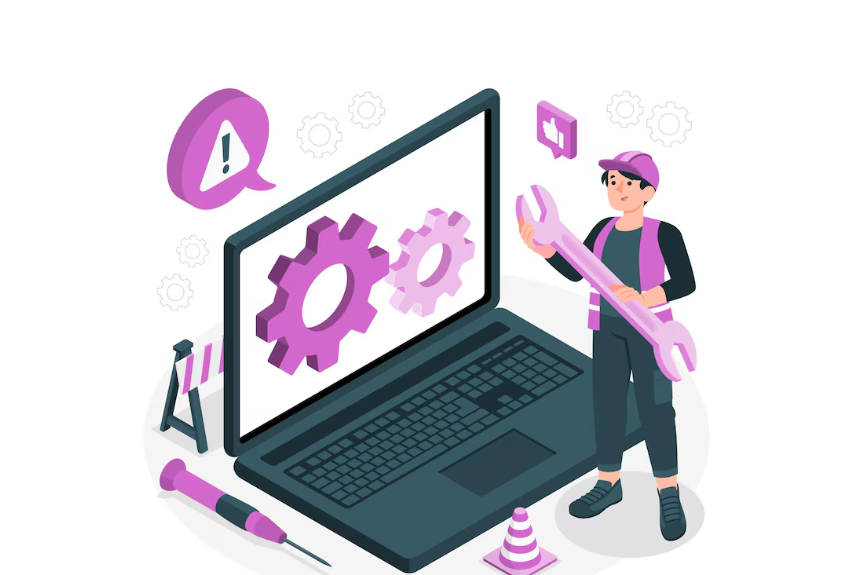
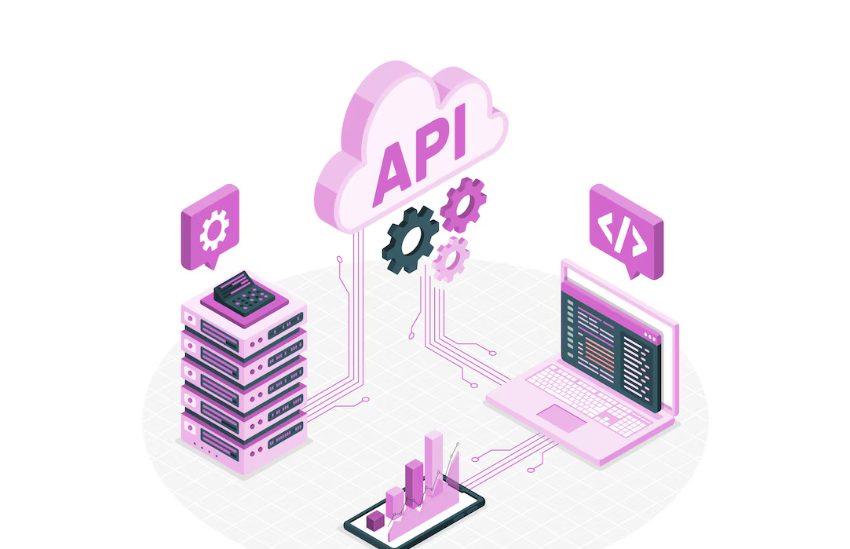
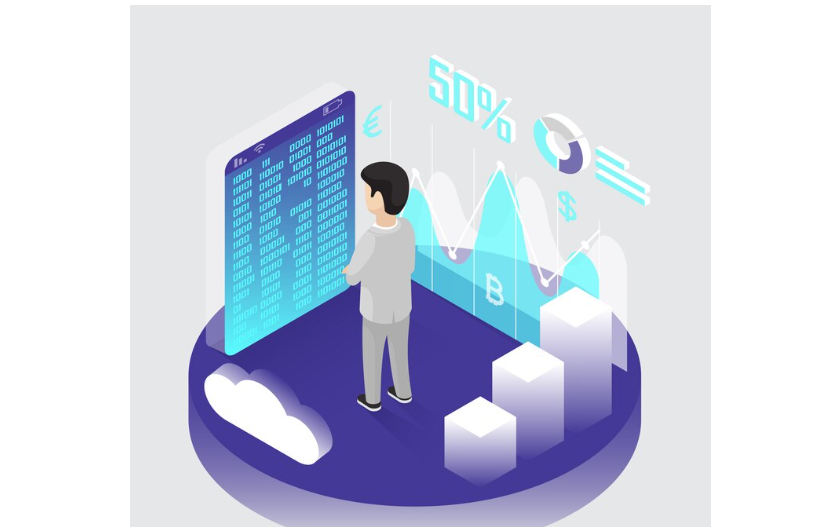
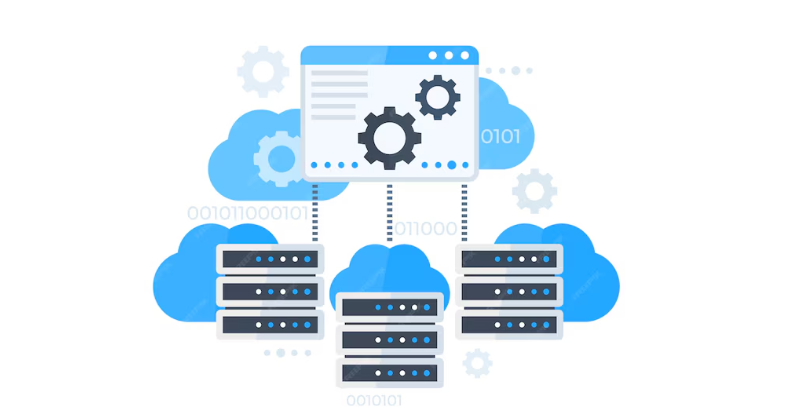
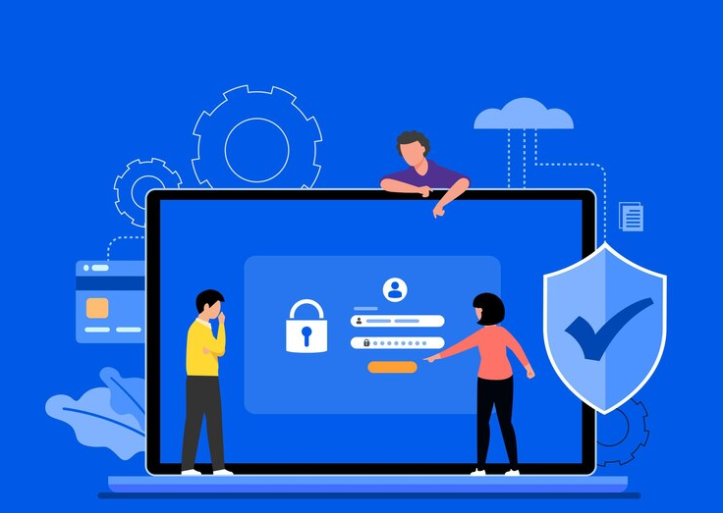
5 Comments